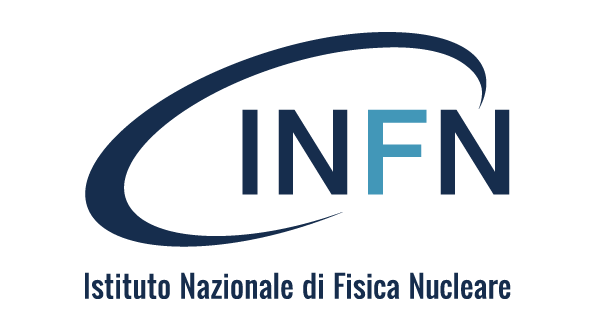Studies of azimuthal distributions of hadrons and photons in exclusive and semi-inclusive DIS (SIDIS) provide access to variety of observables widely recognized as key objectives of the COMPASS measurements, various activities at RHIC and KEK, the LHC fixed target projects (LHCspin, SMOG2@LHCb), and a driving force behind the construction of the future Electron Ion Collider.
The Jefferson Lab upgraded to 24~GeV, will supersede HERMES, which even after being closed already 10 years still defines the landscape of the nucleon 3D structure, collecting years of HERMES data in days. Energy upgrade of JLab will provide access to the full range of kinematics where the non-perturbative sea is expected to be significant, also opening up the phase space to access large momentum transfer and large transverse momenta of final state particles. In addition, near-threshold charmonium photoproduction will enable studies of the gluonic properties of the proton, and an extensive program at the intensity frontier will cover light and heavy quark hadron spectroscopy in a single experiment. The possibility of a positron beam with the same properties and qualities as the electron beam will be a tremendous benefit for the physics program and the production of secondary beams at JLab, for instance, K-long beams will also benefit enormously from the energy upgrade, providing access to much wider kinematic domains.







